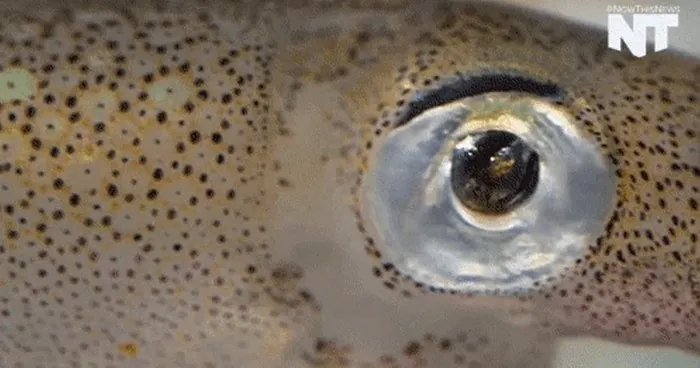
Squid-Inspired Fabrics Could Revolutionize Fashion with Smart Heat Regulation!
2024-10-04
Introduction
Imagine wearing clothes that can adapt to changes in temperature as easily as you change your mind about what to wear! A groundbreaking new material, inspired by the extraordinary abilities of squid, has been developed to regulate body heat through a unique mechanism, making it an ideal choice for smart apparel.
The Innovation
In a recent study published in APL Bioengineering, researchers have unveiled this innovative fabric, which functions like an advanced version of the foil blankets often used by marathon runners or individuals in emergencies to trap body heat. Alon Gorodetsky, a chemical and biomolecular engineering professor at the University of California, Irvine, describes the fabric as “as breathable as cotton, washable, and able to be integrated into any textile.”
Inspiration from Nature
This remarkable innovation draws inspiration from the color-changing capabilities of squid, which can instantly alter the appearance of their skin by expanding or contracting pigment-filled sacs. Unlike the visual transformation of squid skin, this new material focuses on reflecting varying levels of infrared heat radiation, allowing for dynamic temperature control.
How It Works
The researchers created this heat-regulating fabric by coating a flexible styrene-ethylene-butylene-styrene (SEBS) polymer sheet with a super-thin layer of copper. When the material is relaxed, it reflects heat, but as it is stretched, the copper islands pull apart, letting heat escape. A protective layer was then added to ensure water resistance and durability, plus the fabric can endure at least 20 washes without significant degradation.
Future Possibilities
But the magic doesn't stop there! The research team envisions utilizing clips or buttons that allow wearers to control the fabric's stretching, thus regulating the heat trapped—or released—by their clothing. However, for this technology to reach its full potential in everyday fashion, a more automated system for adjusting the stretch would be essential.
Impact Beyond Fashion
Experts agree that this technology has potential beyond clothing; it could significantly impact building design for energy efficiency. Jyotirmoy Mandal, a thermoregulating materials researcher at Princeton University, notes that although the fabric could theoretically be integrated into clothes, its mechanics involve stretching the material by up to 50%, which presents challenges for garment design. Nonetheless, the robust materials and cost-effective production methods ensure that it could be scaled for practical use in various applications.
Conclusion
Get ready to say goodbye to uncomfortable clothes and hello to an era of smart fabrics! This revolutionary technology not only promises to keep us comfortable in fluctuating temperatures but also opens up exciting new possibilities in both fashion and architecture. Stay tuned for more updates on this innovative breakthrough that is set to reshape our daily lives!



 Brasil (PT)
Brasil (PT)
 Canada (EN)
Canada (EN)
 Chile (ES)
Chile (ES)
 España (ES)
España (ES)
 France (FR)
France (FR)
 Hong Kong (EN)
Hong Kong (EN)
 Italia (IT)
Italia (IT)
 日本 (JA)
日本 (JA)
 Magyarország (HU)
Magyarország (HU)
 Norge (NO)
Norge (NO)
 Polska (PL)
Polska (PL)
 Schweiz (DE)
Schweiz (DE)
 Singapore (EN)
Singapore (EN)
 Sverige (SV)
Sverige (SV)
 Suomi (FI)
Suomi (FI)
 Türkiye (TR)
Türkiye (TR)